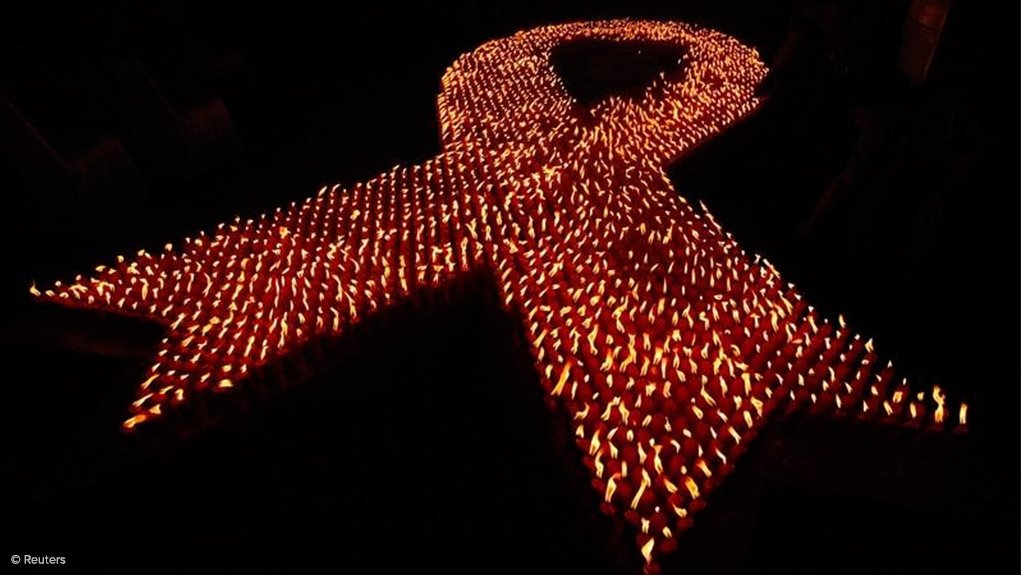Human Sciences Research Council (HSRC) executive director Professor Khangelani Zuma has announced the findings of the sixth South African National HIV Prevalence, Incidence, and Behaviour survey, which reveals that people living with HIV in South Africa decreased from 14% in 2017 to 12.7% in 2022.
The findings highlight the progress toward ending HIV in South Africa by 2030 using the 2022 census population by age, race, sex and province.
To date, South Africa is home to the world’s largest HIV epidemic population with 7.8-million people living with HIV in 2022 compared with 7.9-million in 2017.
The survey also revealed that 1.4-million of these are not on antiretroviral treatment.
According to the survey, half of all young men aged between 15 and 24 were medically circumcised compared to 43% in 2017.
“This is an important achievement as studies have shown that male circumcision can reduce the risk of heterosexual HIV transmission by approximately 60%,” Zuma explained.
He said the survey, which first began in 2002, was a yardstick used by the country and global community to see where "we are with the epidemic".
Over 2 000 communities were selected and 15 households from them were identified to complete the survey by filling a questionnaire and voluntary blood specimens.
The survey also revealed that HIV prevalence is sitting at 12.7%, translating to 7.8-million people, which is 1.3% lower than the estimate of 2017, which was 14%, translating to 7.9-million people.
The funds to conduct the survey were donated by the President’s Emergency Plan for AIDS Relief through the US Centres for Disease Control and Prevention (CDC).
Of the 30 718 eligible women aged 15 years and older, 94.9% were interviewed while only 90.6% of males were interviewed from the 22 665 who participated.
Zuma said the most pronounced differences in HIV prevalence by sex were seen among younger populations which called for focused interventions.
“Compared to males of the same age groups, HIV prevalence was approximately two-fold in females aged 15 to 19 years (5.6% versus 3% respectively), and 20 to 24 years (8% versus 4% respectively), and three-fold higher in females aged 25 to 29 (20% versus 6% respectively),” he said.
CDC South Africa country director Dr John Blandford said the survey documented the remarkable accomplishments of the national HIV response while also highlighting the gaps and challenges that remained in addressing the disproportionate burden of HIV among populations including women, young people, and black South Africans.
“CDC South Africa will continue our collaboration with the HSRC and the government of South Africa to respond to these challenges using the survey data to guide our collective efforts to end HIV in South Africa,” he said.
South African National AIDS Council (Sanac) CEO Dr Thembisile Xulu said her organisation welcomed and endorsed the latest findings of the survey, which she said remained one of the most critical data sources used by Sanac to inform the country’s five-year National Strategic Plan for HIV, tuberculosis and sexually transmitted diseases.
She said the survey provided a comprehensive breakdown of the status of the HIV epidemic, thus enabling Sanac to design programmes and interventions that wee not only targeted, but also nuanced and geo-specific.
The full study will be published in April 2024.
EMAIL THIS ARTICLE SAVE THIS ARTICLE ARTICLE ENQUIRY
To subscribe email subscriptions@creamermedia.co.za or click here
To advertise email advertising@creamermedia.co.za or click here











